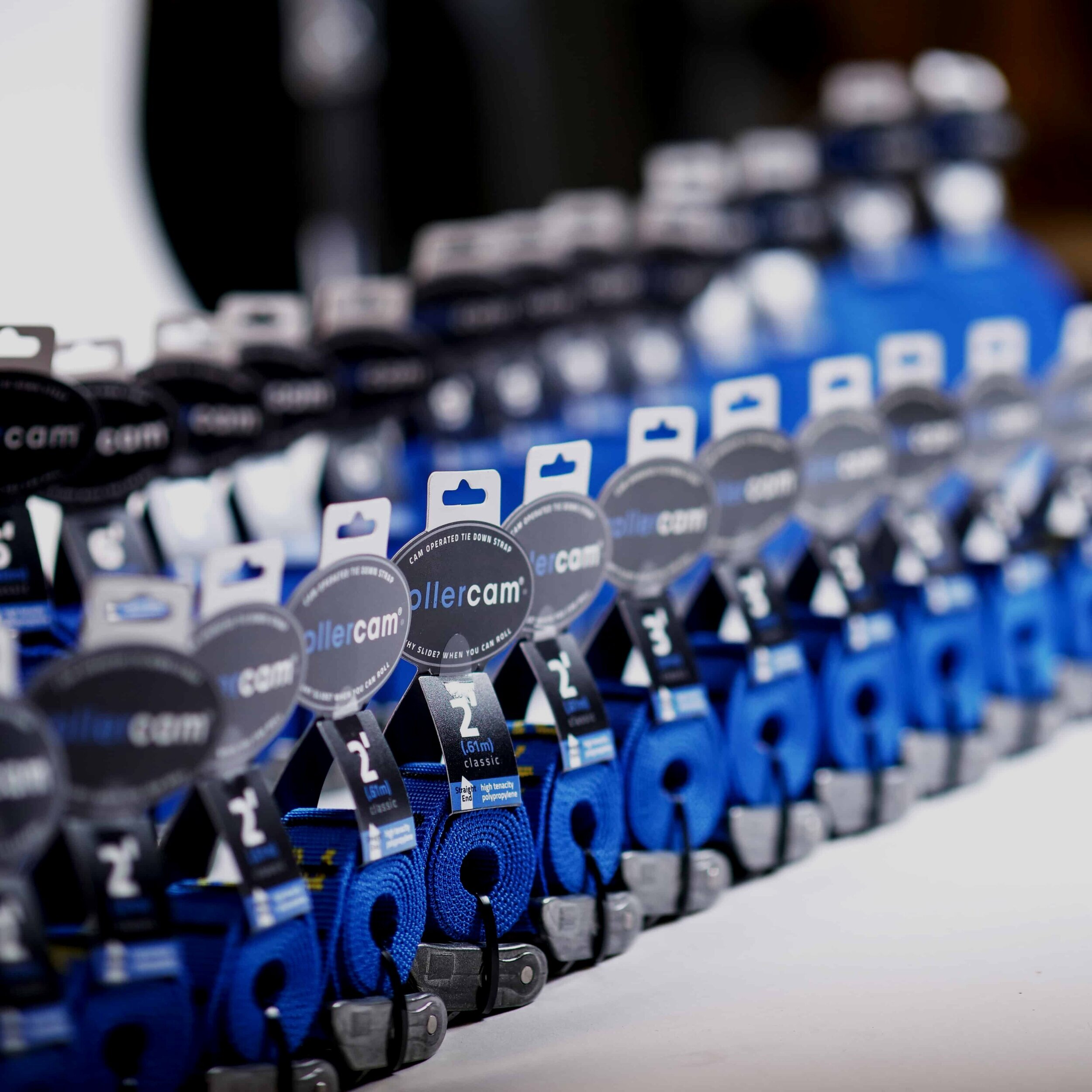Learning to Plan Will Make You a Better Overlander
Overlanding tips and tricks are a dime a dozen. You can search the internet and find tons of articles explaining how to do it right. We’ve even got plenty on our site. This one offers just one tip: learn to plan. It will make you a better overlander.
Some of us like to just get up and go. We like to just take a journey and see what happens but make plans before you hit the road. Otherwise, you could find yourself facing unpleasant consequences a couple of days out.
Figure Out What the Big Boys Do
For our money, the best way to start learning how to plan is to take the time to figure out what the big boys do. And by 'big boys' simply mean hard-core overlanders with a lot of time and experience under their belts. Read their blogs and watch their videos. If you have a chance to meet any of them while out on the road, pick their brains.
This doesn't mean you need to have all the stuff they have. You don't need all the expensive toys accumulated over a decade that can go with overlanding. What you are really after are their thoughts on planning. You want to know how they plan for each trip.
Familiarize Yourself with the Equipment
It is hard to make plans when you don't know what kind of equipment you have at your disposal. So we would say that the next thing is to familiarize yourself with what overlanders normally carry with them. You are going to need:
cookware and utensils
bedding (blankets, sleeping bags, etc.)
food storage capabilities
weather protection (tarps, tents, etc.)
hand tools and some spare parts
cam straps, ropes, chords, etc.
This is the short list. Depending on where you're going and how long you plan to be gone, you may need a lot of stuff not mentioned here. Figuring out exactly what you need is a big part of planning and planning for different variables will ensure a good trip.
Think About the Possibilities
Before each trip, take some time to seriously think about all the possibilities. Maybe you're planning to hit the Utah wilderness on an overnight trip. What will you need to make that trip safe and comfortable? Next month, your plan is to take several weeks to explore the Baja Peninsula. Those plans are going to be much different.
Think about all the possibilities. What could potentially go wrong? What will you do if the weather turns bad? How do you plan to stay in contact with the outside world? You cannot possibly account for every 'what if' scenario, but the more possibilities you can think of, the more plans you can make and the more prepared you can be in a worst case scenario.
Write Your Plans Down
A lot goes into planning. From making sure you have enough cam straps, to mapping your intended route, to figuring out food rationing for the long stretches. There can be so much to plan that it's easy to check things off your mental list and then forget about them. Here's another idea: write things down instead.
Why? For two reasons. First, writing things down as you plan creates a record of what you've done to date. You can always look at that record to make sure all your plans are complete before you depart.
Second, writing things down provides a historical record, too. You can reference it before your next trip, making modifications based on what you learn from that trip.
Planning is one of the keys to safe and enjoyable overlanding. If you are not much of a planner, making the effort to get better at will make you a better overlander.




